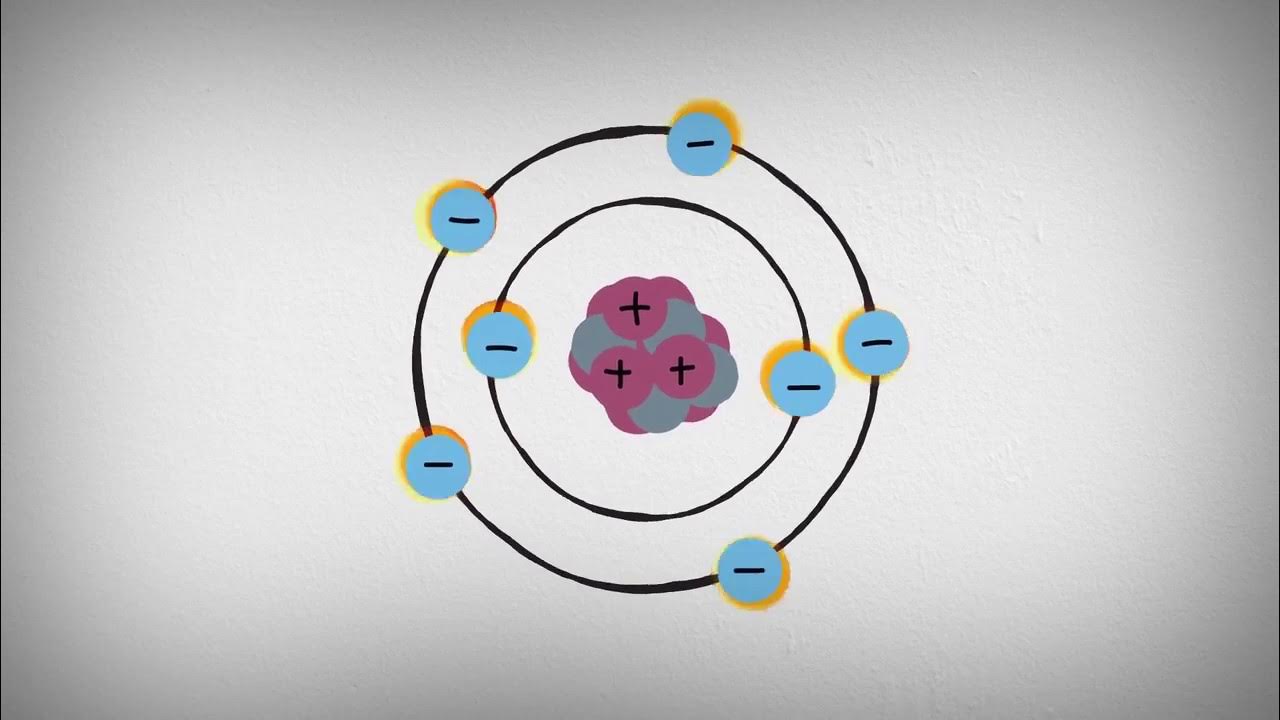Webinar 2
Summary
TLDRThis video explores the differences between X-ray Diffraction (XRD) and X-ray Fluorescence (XRF) techniques. XRD is used to analyze a material's crystal structure, identifying phases, crystal quality, and grain size, while XRF provides elemental composition but does not reveal structural details. The video explains how XRD can reveal the arrangement of atoms and is based on Bragg's Law, while XRF focuses on the detection of elements. It also covers the use of reflection and transmission modes in XRD analysis. Combining both techniques offers a complete understanding of material properties, making them powerful tools in material analysis.
Takeaways
- 😀 XRD is used to analyze materials by providing detailed information about their phases, structure, and composition.
- 😀 XRD can identify multiple phases in a sample and quantify the proportion of each phase present, such as identifying rutile and anatase in titanium oxide.
- 😀 XRD provides structural information about the material, including its crystalline arrangement, whether it is cubic, hexagonal, etc.
- 😀 XRD helps to assess the crystallinity of a material by evaluating the sharpness of its diffraction peaks, with sharper peaks indicating higher crystallinity.
- 😀 XRD and XRF (X-ray Fluorescence) are different techniques. XRF identifies elemental composition, while XRD reveals the crystal structure of the material.
- 😀 XRF gives elemental data but cannot provide information about the arrangement of atoms, which is the key feature of XRD.
- 😀 Bragg's Law is fundamental to XRD, explaining the relationship between the angle of incidence, the spacing of atomic layers, and the diffraction pattern observed.
- 😀 XRD data is collected by varying the angle of incidence (theta) and measuring the intensity of scattered X-rays to generate a diffraction pattern.
- 😀 Two main XRD measurement modes: reflection (where the sample is mounted on a holder) and transmission (where the sample is placed in a capillary tube).
- 😀 Combining XRD and XRF gives a comprehensive understanding of both the elemental composition and the crystal structure of a material.
Q & A
What is the purpose of X-ray diffraction (XRD) analysis in material science?
-X-ray diffraction (XRD) is used to determine the phase, structure, and composition of materials. It allows for the identification of different crystalline phases, such as rutile, anatase, or potassium chloride, as well as the crystallinity and grain size of the sample.
How can XRD help in analyzing a sample's material structure?
-XRD can reveal the crystal structure of a material by identifying different phases and lattice arrangements, such as cubical, hexagonal, or tetragonal structures, by analyzing the diffraction peaks and their positions.
Can XRD provide information about the amount of each phase in a sample?
-Yes, XRD can distinguish between phases in a sample and help quantify their relative amounts. For example, it can tell you if a sample consists of 28% anatase and 72% rutile.
What are the main differences between XRD and X-ray fluorescence (XRF)?
-XRD and XRF both use X-rays, but they serve different purposes. XRD focuses on identifying the crystal structure and phase of a material, while XRF is more sensitive to elemental composition, identifying the elements present in a sample.
Why can XRD and XRF be complementary techniques?
-XRD and XRF can be used together for a more complete analysis. XRF provides elemental composition, while XRD offers detailed structural information, helping to identify phases and crystalline structures in a sample.
What is the Bragg Law, and how does it relate to XRD?
-The Bragg Law is a fundamental equation that relates the diffraction angle (θ), wavelength of X-rays, and the spacing of atomic planes (d) in a crystal. It explains how X-rays scatter off planes in a crystal to produce diffraction peaks, which are used to determine the material's structure.
What information can XRD provide about crystallinity and grain size?
-XRD can be used to assess the crystallinity of a sample, revealing the degree of order in the material. It also helps in determining grain size, as smaller crystals may show broad diffraction peaks, while large crystals give sharper peaks.
What is the difference between reflection and transmission modes in XRD?
-In reflection mode, the X-ray source and detector move around the sample, which is placed flat on a holder. In transmission mode, the sample is placed inside a capillary or foil, and the X-ray source remains fixed while the detector moves. The sample is not flat in transmission mode.
How does the X-ray diffraction pattern help identify different phases in a sample?
-Each phase in a material has a unique diffraction pattern. By comparing the positions and intensities of the peaks in the XRD pattern, you can identify specific phases, such as rutile or anatase, even if they consist of the same elements.
What are the challenges involved in XRD analysis?
-The challenges in XRD analysis include ensuring proper instrument calibration, sample preparation, and understanding the correct settings. The quality of data depends on both the instrument settings and the sample's characteristics, such as homogeneity and particle size.
Outlines

This section is available to paid users only. Please upgrade to access this part.
Upgrade NowMindmap

This section is available to paid users only. Please upgrade to access this part.
Upgrade NowKeywords

This section is available to paid users only. Please upgrade to access this part.
Upgrade NowHighlights

This section is available to paid users only. Please upgrade to access this part.
Upgrade NowTranscripts

This section is available to paid users only. Please upgrade to access this part.
Upgrade NowBrowse More Related Video

Mineralogi Petrografi - Acara 8 - Pengenalan XRD, XRF, dan SEM

Prinsip Kerja XRD (X-Ray Diffraction) | Hukum Bragg | Bahasa Indonesia

X-Ray Diffraction (XRD) Basic Operation

UAD - Kuliah Online 1475530 Karakterisasi Material Lanjut (Lecture 1c)

What is X-ray Diffraction?

UAD - Kuliah Online 1475530 Karakterisasi Material Lanjut (Lecture 1b)
5.0 / 5 (0 votes)